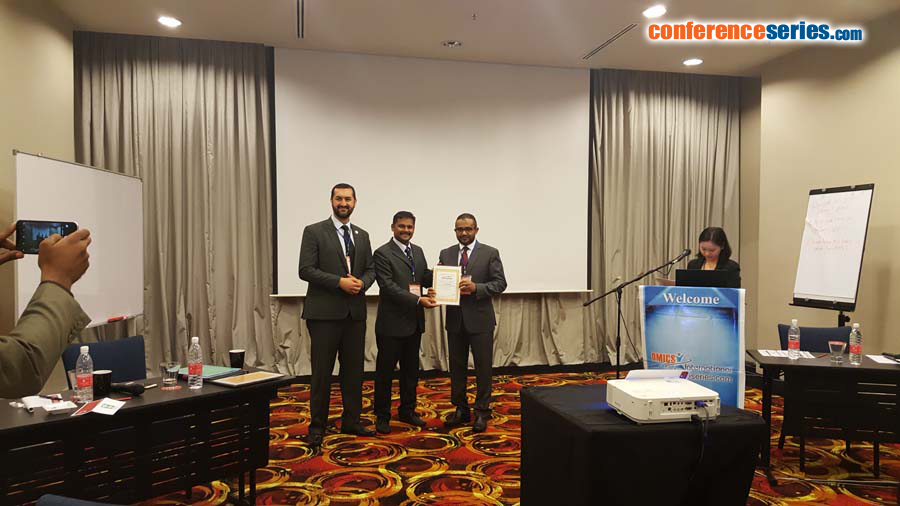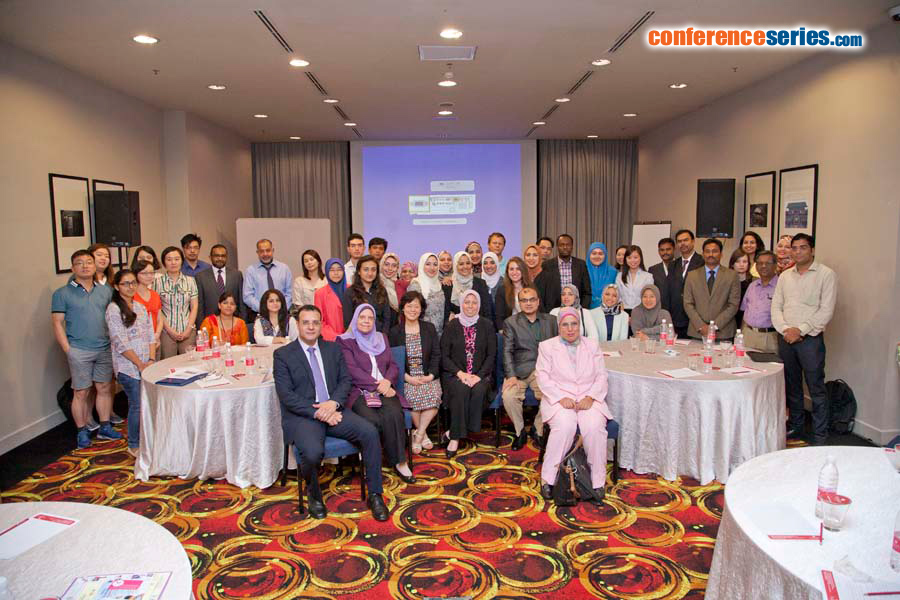
Gnanaprakash
P Rami Reddy Memorial College of Pharmacy, India
Title: Lungs alveolar targeted drug delivery: Formulation & evaluation of Isoniazid mucoadhesive, nanospheres embedded micro particulates inhalable dry powder
Biography
Biography: Gnanaprakash
Abstract
The pulmonary route, owing to a noninvasive method of drug administration, for both local and systemic delivery of an active pharmaceutical ingredient (API) forms an ideal environment for APIs acting on pulmonary diseases and disorders. Isoniazid is an antibiotic utilized as a first-line specialist for the prevention and treatment of both latent and active tuberculosis. Low levels of isoniazid obtain entrance into plasma following oral administration because of its high aqueous solubility, low permeability and rapid first pass hepatic metabolism with small t1/2 of 1–4 hrs demonstrates its short stay in plasma and the requirement for repetitive or high doses which may subsequently result in hepatotoxicity and neurotoxicity connected with its utilization. The PLGA nanoparticles (NPs), known for their superb oral bioavailability and furthermore in other route of administration they are chosen to conquer the above obstacle in medication achieving the blood plasma. Poly (lactic-co-glycolic acid) (PLGA) is a standout amongst the most effectively created biodegradable polymers. It has pulled in extensive consideration because of its biodegradability and biocompatibility, defense of drug from degradation and sustained release, target and focus the effect to specific organs and cells. The preparation of Isoniazid PLGA Nanoparticle conditions were optimized by varying the formulation and process variables , to get a stable Nanoparticle with less particle diameter of 178.5 nm, PI of 0.856 and zeta potential of -36.1mV, which shows best stable nanoparticle. The encapsulation efficiencies and drug content were around 80.56 ± 2.54 % and 86.92 ± 3.42 %. According to structural and morphological analysis by SEM studies the particle demonstrates spherical, smooth surfaced multilamellar nanoparticles. Furthermore, in vitro diffusion studies shows desired release characteristics. From the above results it was inferred that the emulsion solvent evaporation technique was an optimized formulation for Isoniazid PLGA Nanoparticle.
Speaker Presentations
Speaker PPTs Click Here


